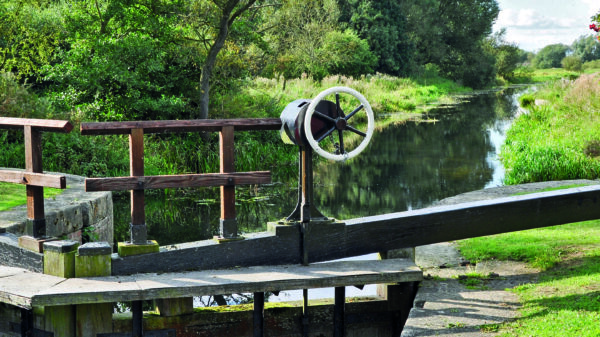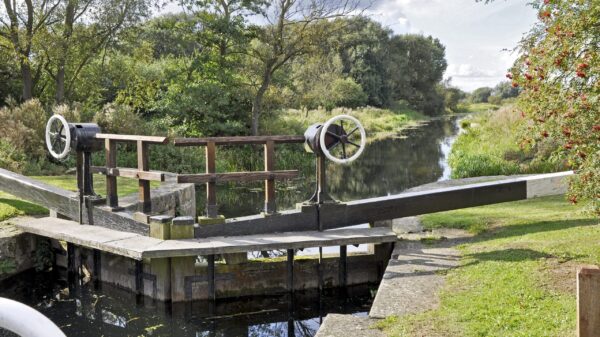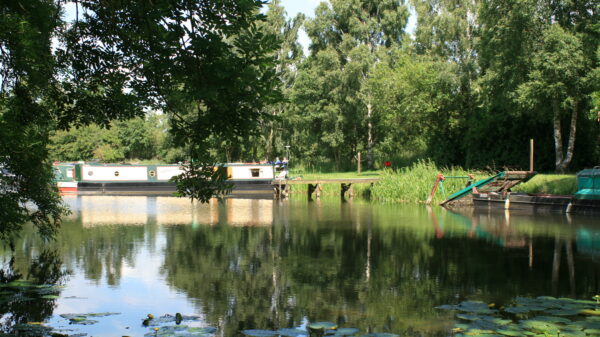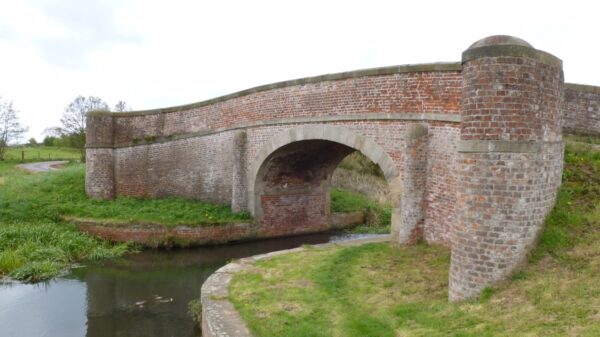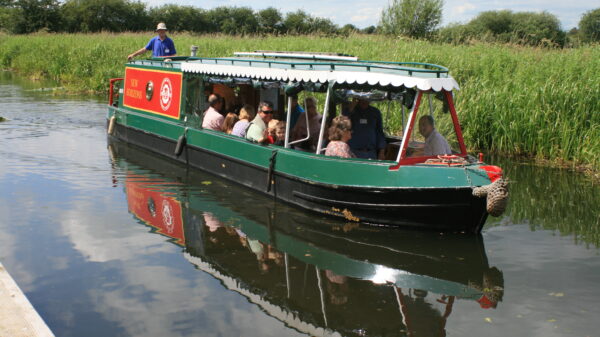Walk along the 2.5 mile section of the Pocklington Canal to Bielby and back down towpath.
This is the final section of the Pocklington Canal left to restore – you will see that major restoration work is ongoing at Sandhill Lock.
The Pocklington Canal was built in the early 19th century to transport agricultural goods from the East Riding to the south and west. It was built to allow keels to use it. These flat-bottomed boats were used primarily on Northern waterways.
The canal rose by around 101 feet (31 m) along the 9.5 miles (15.3 km) from the Derwent to Pocklington, and so the locks were deeper than many locks on the connected waterways.

